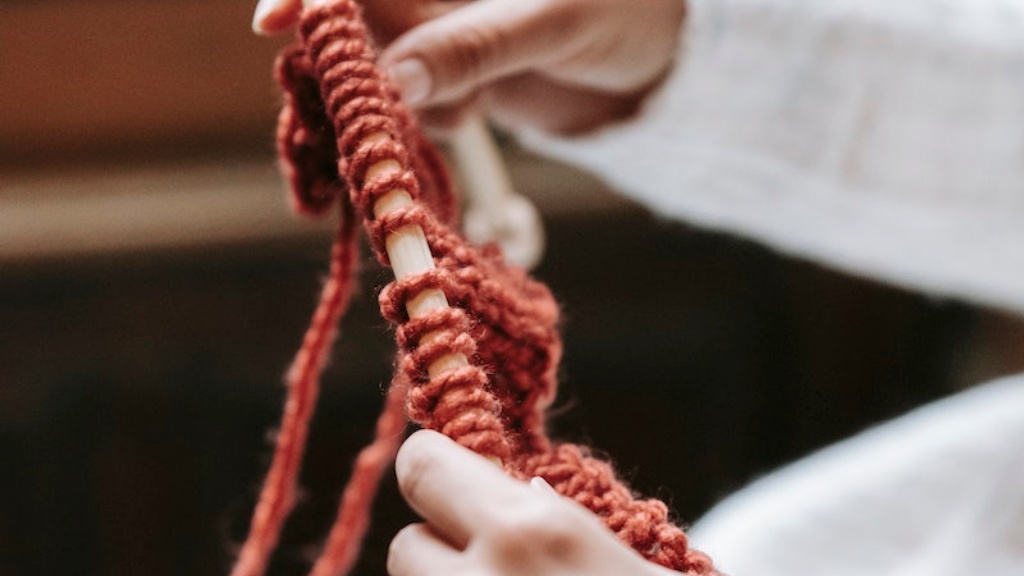What is quilting?
Quilting is a traditional form of sewing that entails the piecing together of multiple layers of fabric and batting to form a warm and cozy blanket. Quilting has been popularized in recent years with the rise of modern quilting blogs, sites, and shops. To create a quilt, a quilter typically needs to pieces of fabric, batting, and special quilting thread, as well as a sewing machine.
The importance of a special sewing machine for quilting
The right sewing machine is essential for anyone embarking on their own quilting journey. Quilting machines are designed to hold and sew through several layers of fabric, batting and quilting thread quickly and with minimal effort. Quilters are often looking for a machine that can handle the extra layers of fabric that come with quilting. Traditional sewing machines might be able to handle the workload with a bit of finessing, but nothing can compete with a dedicated quilting machine.
Choosing the right machine for quilting
When selecting a quilting machine, it’s important to pay attention to the fabrics, the thread, and the size of the machine. A quilting machine should have a large throat space for maneuvering large pieces of fabric. A machine with a larger throat space will also be able to hold more layers of fabric, helping to make quilting easier. Additionally, quilting machines often come with a variety of special features such as extension tables and a walking foot to aid in the quilting process. Some machines even come with special quilting stitches and designs built into the machine.
What machines are best for quilting?
When it comes to the best machines for quilting, there are a few different brands that come highly recommended. Janome, Singer, and Brother all offer reliable and powerful quilting machines that are designed to make quilting easier. Additionally, quilters can opt for a dedicated longarm quilting machine for larger projects. Longarm machines are particularly useful for quilting large and custom projects that may require extra time and effort.
Tools of the trade
In addition to the sewing machine, there are a few other tools and supplies that quilters will need to get started. Quilting rulers, scissors, rotary cutters, and cutting mats are essential for measuring and cutting out accurately sized pieces. Additionally, quilters need to make sure that their workspace is comfortable and well-lit. A dedicated sewing table can help keep everything organized and easily accessible. Finally, quilters should invest in a few of the many quilting accessories such as tracing paper, fabric markers, an iron, and a seam ripper.
Quilting tips
The best tip that any quilter can get is to just start quilting. While the process of quilting can seem overwhelming at first, it’s a craft that is both rewarding and relaxing. Additionally, quilters should remember to read their pattern and instructions all the way through before beginning. They should also take their time to plan out their quilt design and layout before diving in. Finally, quilters should practice patience and enjoy the process. Quilting is a craft that demands attention to detail and a steady hand, but the results are often worth the effort.
Fabric selection for quilting
Fabric is an important part of quilting. Quilters should make sure to choose the right fabric for their project. Some popular quilting fabrics include cotton, flannel, wool, muslin, and felt. Quilters should consider the type of fabric they need for their design as well as its durability when handling the quilt layers. Additionally, quilters should look for fabrics with bright and eye-catching patterns that will show off their quilt’s design.
Quilting techniques
Just like sewing, quilting requires correct techniques in order to produce a quality quilt. There are several quilting techniques that quilters should be familiar with, including patchwork, applique, and sashing. Additionally, there are several standard quilting blocks that quilters should learn, such as the log cabin, nine-patch, and half-square triangle blocks.
Binding and finishing the quilt
Once the quilt top is finished, quilters need to layer the quilt pieces together, sew them together, and finish the edges. Quilters should use a quilting batting that is appropriate for their fabric choice. The batting should be of a high quality and also be thick enough to hold the quilt layers together. For added protection, a backing fabric should also be used. The binding should then be stitched around the edge of the quilt to keep the layers together.
Quilting aftercare
Once the quilt is finished, the quilter should then learn the basics of quilt care. Quilts should be handled with care and washed correctly in order to keep them looking their best. Quilts should be washed by hand or in a machine on a cold, gentle cycle. To avoid fading, quilts should not be left in direct sunlight or be hung in areas of high humidity. Finally, quilts should be stored properly in a cool, dry place to help prevent any damage.


